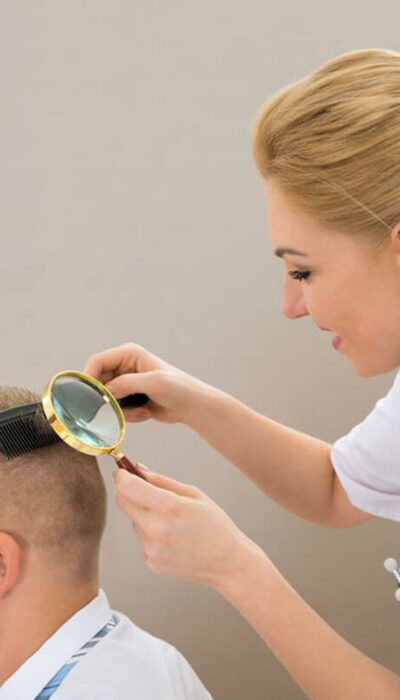
Suggestions to Find the Best Back Pain Mattress
Back pain or neck pain is holding you back from performing your everyday task freely? You do not feel the usual activeness when you wake up in the morning! Well, then you must be sleeping in the wrong mattress. Many of you may ignore back pain caused by the improper mattress in the initial stages and have to experience mobility problems in their middle age. Though obesity, bone weakening or injuries are among the major causes of back pain, one cannot ignore the role of a mattress. Therefore, be careful to check the health of your mattress and take special care when selecting a new mattress for your bed. If you are experiencing back pain problems already or want to get the best mattress to avoid back pain, few tips mentioned below can be helpful. Check a few options- You may find several mattress manufacturers claiming to manufacture orthopedic mattress to ensure sound sleep to people with back pain. Do not trust them blindly. Check out few different options and decide the best mattress for your use. The mattress that you select should not only be able to take care of your back pain, but also it should be able to offer you the desired comfort. You can get a trial on the shortlisted mattress, to decide the right one for yourself. Personal preference is one of the most important criteria to be noted when you are selecting a mattress for back pain relief. Doctor’s suggestion might be helpful- Though doctors are not experts of mattresses, taking their opinions might be helpful in making the selection. They might guide you with the specifications of the mattress, which can, in turn, help you in making the right pick. Back support is essential- Just getting the comfort part fixed cannot be the only criteria for purchasing a mattress.










